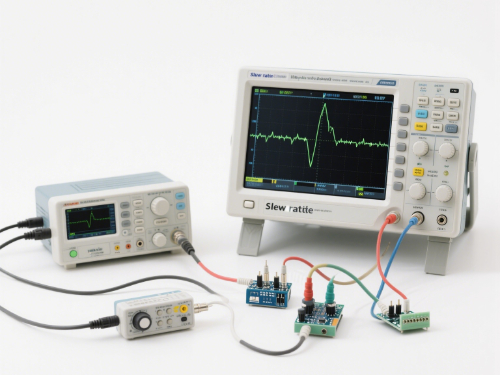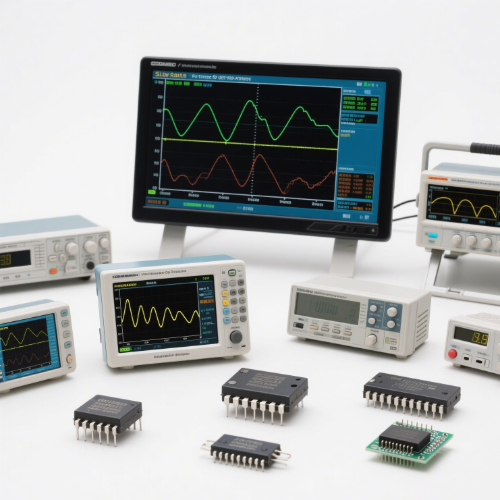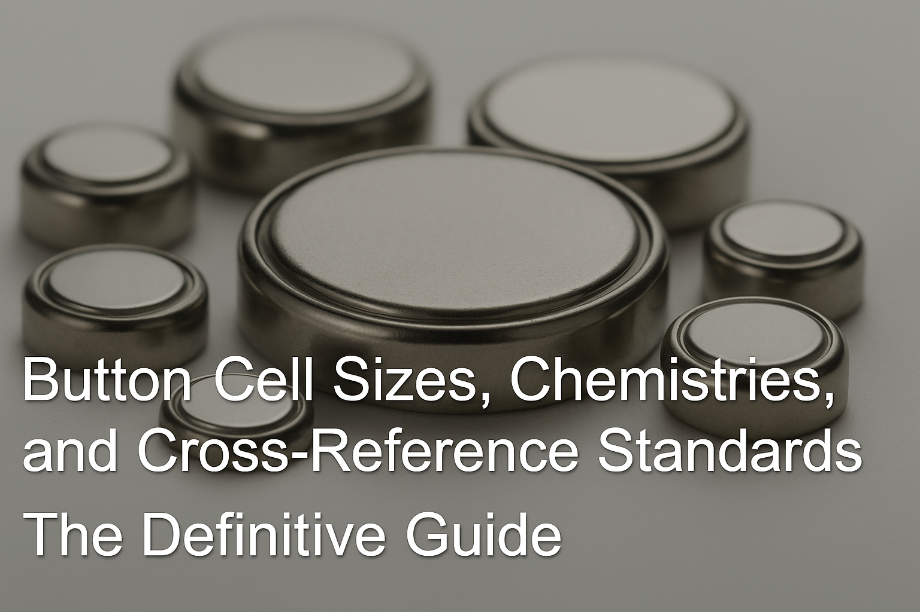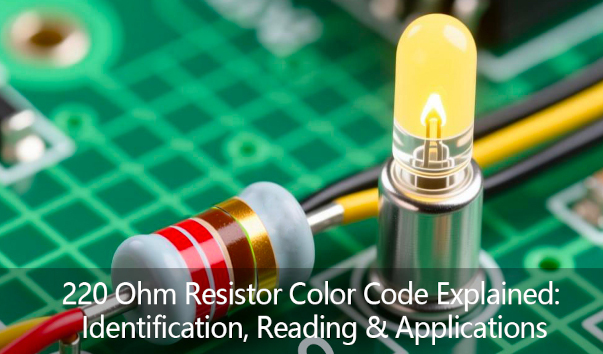Understanding Op Amp Slew Rate: A Comprehensive Guide
Operational amplifiers, or op-amps, are the unsung heroes of electronic circuits, powering everything from audio amplifiers to digital circuits. One spec that often trips people up is the op amp slew rate. It’s a measure of how fast the output voltage can swing when the input signal changes suddenly, and it’s a big deal if you care about signal integrity. Think of it like a car’s top acceleration—it doesn’t matter how fast you want to go if the engine can’t keep up! In this guide, we’ll break down what slew rate is, why it’s critical, how to figure it out, and what it means for your designs, with a nod to the trusty LM358 along the way.
What is Slew Rate?
Slew rate is the maximum rate an op-amp’s output voltage can change, measured in volts per microsecond (V/µs). It’s all about how quickly the output signal can follow a rapid shift in the input signal, like a square wave’s sharp edge or a step input. Picture this: you slam the gas pedal (input), but the car (output) takes a second to speed up—that delay is the slew rate limitation, baked into the op-amp’s internal design.
This limit comes from the compensation capacitor inside the op-amp, which stabilizes it but slows down the response. When a big input amplitude hits, the differential input stages and output stages can’t react instantly. Instead, the output climbs at a steady pace—say, 0.5 V/µs for the classic 741 op-amp. For the LM358, a popular operational amplifier, it’s around 0.3 V/µs, fine for slow stuff but not for high-frequency applications.

Expert Insight: According to Robert Keim, a renowned electronics engineer, "Slew rate is often the limiting factor in high-speed applications, and understanding it is crucial for designing circuits that handle fast signals without distortion."
Why Does Slew Rate Matter?
Slew rate isn’t just tech jargon—it shapes your output waveform. If the input sine wave changes faster than the op-amp can handle, the actual output signal gets messy. Ever seen a square wave turn into a triangular wave on an oscilloscope? That’s slew rate at work, rounding off those crisp edges because the rate of voltage change exceeds the op-amp’s slew rate capability.
This matters big time in real-world gear. In audio amplifiers, a low slew rate can muddy sound with harmonic content. In signal processing, it might distort a sinusoidal signal or clip a step signal, wrecking data accuracy. The maximum frequency an op-amp can handle without slewing—called the power bandwidth—depends on this spec. For big output swings, like 10V peaks, a sluggish slew rate limits how fast you can go before the output wave lags behind.
How to Calculate Slew Rate
Let’s get practical: how do you know what slew rate you need? For a sinusoidal input signal, the simple formula is:
Slew Rate = 2π × frequency × peak amplitude
Say you’ve got a 20 kHz signal with a 5V peak amplitude. Plug it in:
Slew Rate = 2π × 20,000 × 5 ≈ 0.628 V/µs
Your op-amp needs at least 0.628 V/µs to keep up. The LM358, with its 0.3 V/µs slew rate, would choke here—the output signal would slew, turning that sine wave into a triangular waveform. Compare that to a beefier op-amp with wide bandwidth, like one boasting 10 V/µs, and you’re golden.
The power bandwidth ties in here too:
f_max = Slew Rate / (2π × V_peak)
For the LM358 at 5V peak, that’s about 9.5 kHz—anything faster, and you’re in distortion city. This slew rate formula helps you match your op-amp to your signal frequency and output level.
Table: Slew Rate Requirements for Different Frequencies and Amplitudes
|
Frequency (kHz) |
Peak Amplitude (V) |
Required Slew Rate (V/µs) |
|---|---|---|
|
1 |
1 |
0.00628 |
|
10 |
1 |
0.0628 |
|
20 |
5 |
0.628 |
|
100 |
10 |
6.28 |
Tips to Boost Slew Rate
Need more speed? Here’s how to crank up those slew rates:
● Pick a faster op-amp: Swap the LM358 for something like the OPA627, with a slew rate of 55 V/µs, if your budget allows. Great for high-frequency signals.
● Lower the output swing: Smaller maximum peak voltage means less work for the op-amp. Less amplitude, less slew demand.
● Tweak the circuit: Add a voltage follower stage or adjust the open-loop gain. But watch out—pushing the internal compensation capacitor too hard can cause stability issues.
There’s a catch, though. Faster op-amps gulp more power supply juice and might overheat. The output impedance or compensation capacitance can also mess with your phase margin, so it’s a balancing act. Still, for transient signals or square wave signals, a higher op amp slew rate is worth it.

Practical Know-How
When you’re knee-deep in an op-amp circuit, slew rate isn’t just theory—it’s hands-on. Here’s how to deal with it:
● Measure it: Hook up a function generator, send a step function, and watch the rise time on a scope. The slope (in V/µs) is your slew rate. For the LM358, you’ll see that 0.3 V/µs limit in action.
● Mind the heat: Effects of temperature can shift the internal drive currents, tweaking the slew rate. Check the datasheet for the full scoop.
● Dodge pitfalls: Don’t confuse slew rate with cutoff frequencies—one’s about big swings, the other’s small-signal stuff. Also, a hefty output capacitor can drag down your output change rate.
The LM358 shines in low-speed jobs like voltage amplifiers, but for high-frequency applications or wide range signals, its slew rate limit shows. Picking the right op-amp means knowing your input waveform and maximum input frequency.
Wrapping Up
The op amp slew rate is your op-amp’s speed limit—how fast it can chase a changing input signal without stumbling. Whether you’re tweaking an LM358 for a simple audio circuit or sizing up a high-end chip for digital circuits, slew rate shapes the output movement. Calculate it with that handy 2πfV trick, test it with a step input, and choose wisely based on your frequency content. Next time you’re building an electronic device, give slew rate a thought—it’s the key to keeping your signals sharp and your circuits humming.






















